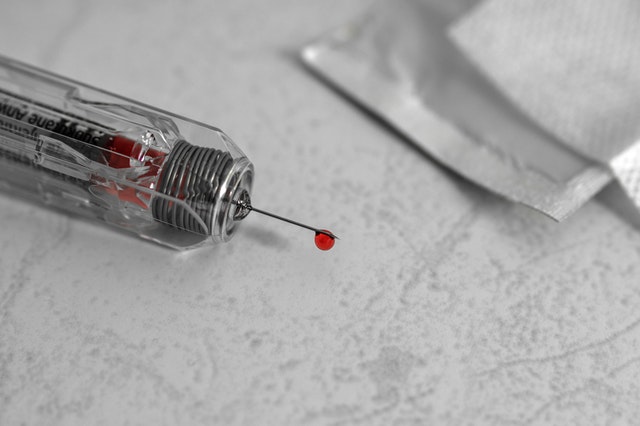Biohazard Cleanup Procedures – 8 Simple Steps to Follow
Posted on October 11, 2018


There are times when the process of blood cleaning falls on every person. Whether you are cleaning up after an accident, trauma, crime or death, you will want a company to assist you quickly, wholly and compassionately using their experienced biohazard cleanup procedures.
Blood cleaning after a small cut or other small accident can seem very simple. However, any body fluid left on floors, carpets, baseboards, etc. can lead to mold, bacteria and fungus growth and can cause illness months, or even years later. Federal regulations deem all body fluids to be biohazards, and restoration companies will treat these fluids in such a manner as well.
Blood can contain unseen harmful pathogens that when outside of the body can wreak havoc on people around the scene. It is up the crime scene cleaners to make sure that all of this is not only cleaned and picked up, but must also apply a sanitizing solution on it to decontaminate that surrounding area. Once this is all finished, the remediation is not complete. The cleaners must then transport the blood waste to an incineration facility and destroy all remains. In dealing with the outcomes of a homicide or unattended death where a large amount of blood or body decomposition may have been resting at the property for a more substantial period, they must also dispose of parts of the home that needed to be removed.
To clean up blood stain from surfaces safely in the case that there is blood around you, follow these steps:
-
- Rinse the spot with cold water
- Apply a little at a time, so the stain does spread across the surface
- Do not use hot water as it could set the stain — making it permanent
- Blot the spot with a paper towel, cloth, or shop vacuum
- After you are through with blotting, make use of a mild dish detergent that is diluted with cold water
- To avoid spreading the stain, you can gently work the solution in
- Blot again with a paper towel or cloth; be careful not to rub as that could damage your surface
- Repeat these steps as needed
Be sure to remove all excess water, so the spot affected does not start to form mold or mildew. If you have a good, loud fan, then turn it on and let it dry out the area. Alternatively, you can place a stack of paper towels on the stain and leave something heavy on top of the paper towels to sop up the remaining water in the carpet.
It is extremely dangerous to find yourself in a traumatic scene and for you to start cleaning the area without proper equipment and training. Bodily fluids and blood cleanup may leave you open to dangerous diseases and pathogens, such as hepatitis and other deadly viruses. Exposing yourself to these hazardous substances may also compromise those you get into contact with.
It’s understandable how you may want to help clean up a traumatic scene when you’re in a panicked mindset, but it isn’t safe to do so. In the case where if you find yourself having to clean some stuff up, it is important to make use of these biohazard cleanup procedures. Ultimately, it is the best option to contact professionals who will efficiently and safely clean and dispose of any harmful substances.
